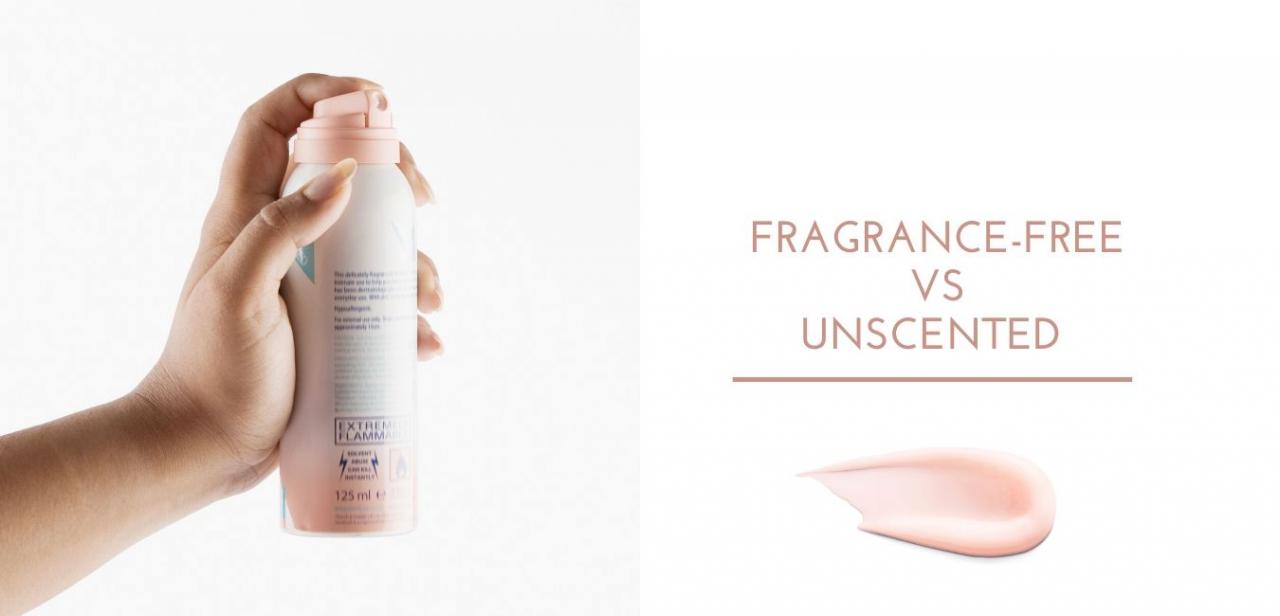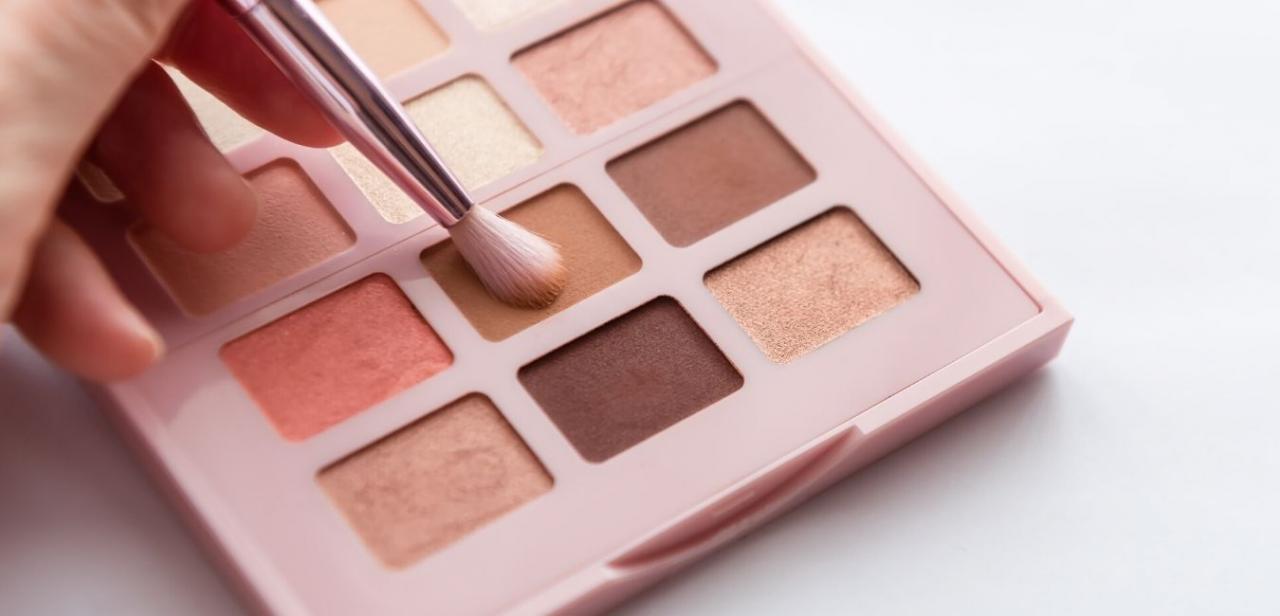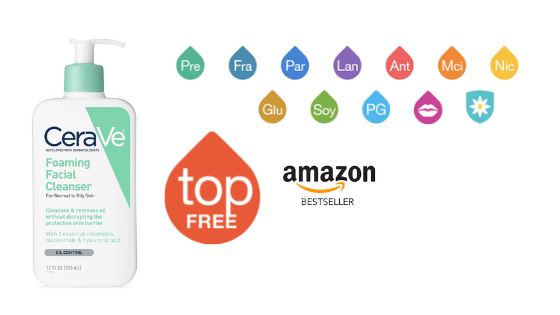Summer weather is approaching leading many to reach for a slice of lime to put in their ice cold drink. Surprisingly, one might find her skin breaking out with a burning rash called phytophotodermatitis after handling that lime. Phytophotodermatitis occurs if chemicals in certain plants come in contact with the skin making the area sensitive to light. A common culprit causing this condition is limes leading to the name “margarita dermatitis” but it can also occur from contact with other plants such as celery, parsley, lemons, figs and Queen Anne’s lace.
Phytophotodermatitis happens from exposure to two events: a photosensitizing substance and UV light from the sun. Furocoumarins are the photosensitizing chemicals in certain plants and fruits and are at their highest levels in spring and summer increasing the likelihood of exposure. A reddened swollen rash develops 12 to 36 hours after contact and is replaced by an area of discoloration that may last for months or even years.
Phytophotodermatitis may be mistaken for other forms of dermatitis but one clue is that the rash appears in drip mark shapes, hand print marks or bizarre sunburn spotches. To see photos go to www.ncbi.nlm.nih.gov/pmc/articles/PMC1312240/. The rash sometimes occurs with blistering but it burns rather than feeling itchy as in poison ivy. It commonly appears on the hands, wrists, forearms or lower legs.
Phytophotodermatitis is more common is people who handle fruits and vegetables for a living such as bartenders, grocers or agricultural farm workers. Children can develop this rash if they play in certain grasses belonging to the same family as Queen Anne’s lace.
People have also been found to develop phytophotodermatitis after using lime juice as an insect repellent or from grinding up figs to make up a homemade tanning lotion. There was even on report of a woman who developed phytophotodermatitis after getting perfume with oil of bergamot, which comes from wild plants, on her hand and she has continued to develop the rash whenever the area is exposed to UV light.
Prevention Tips:
1. Wear sunscreen to reduce the amount of UV light exposure you get from the sun.
2. Wash hands and any areas thoroughly that are exposed to juice of limes/lemons or other potential plants.
3. Make sure if juice is spilled on someone else to have him or her wash the affected area.
4. Use cold compresses if a rash develops and contact a doctor to decide if topical steroids are needed.
So, the next time you have a hankering for a refreshing poolside drink, be extra cautious that the lime or lemon juice stays in the glass.
sources:
www.sciencedaily.com/releases/2007/08/070815153545.htm
www.ncbi.nlm.nih.gov/pmc/articles/PMC1312240/
http://emedicine.medscape.com/article/1119566-overview
Michele is an R.N. freelance writer with a special interest in woman’s healthcare and quality of care issues. Other articles by Michele can be read at http://www.helium.com/users/487540/show_articles





Add a Comment7 Comments
Hi there,
Thanks for this article. This happened to me about 2 weeks ago. My skin is still very red but less swollen. Do you know how long the rash typically lasts for?
July 30, 2012 - 1:31pmThis Comment
I would think you could actually though I would have research this. Is it possible though you used a cream before or after tanning that might have caused this? If it does not improve, you might want to see a dermatologist and overall, I would stay away from the tanning salon.
November 11, 2011 - 9:13pmThis Comment
Is it possible for this to occur solely from internal lime juice? That is, I drank two "real line" margaritas yesterday, went to the tanning salon today, and now have very uncomfortable rash-like bumps on my thighs, chest, and back of my arms. I did not get lime on my skin in these places however.
November 11, 2011 - 7:09pmThis Comment
So glad to be of help!
June 18, 2011 - 4:16pmThis Comment
Thank goodness for this article. I can finally rest my mind on how I developed poison oak or ivy living in Los Angeles. I was gardening and landscaping the backyard. I was baffled as to why I started getting red welts with blistering. Looked a lot like poison ivy or oak infection. I was chopping down a lot of wild fig shrubs coming over the fence. This totally explains the drip like infected areas. I did get a lot of the fig sap on my arms and body. I also got a sunburn that day too. So all of those clues have come together here.
June 18, 2011 - 2:37pmThis Comment
Wow Peggy, sorry you had such a reaction. A dermatologist may be able to give you some guidance on how much sun, how soon you can return to. And of course, you now know you are very sensitive to limes/lemons. You might want to take note of the other sources that can cause problems ie celery to avoid future problems as well. Take care
March 9, 2011 - 4:18pmThis Comment
I had a severe reaction last summer to limes after having several Mojitos in Miami followed by a 3 hour Sunny Car Ride the next day... ended up at the emergency doctor for steroid injection after my face and throat were quite swollen... No more Mojitos or Margaritas for me! Then 10 days ago after having a LOT of vinagarette made with lots of fresh lemon juice & a little olive oil plus 2 hours of beach time ended up with swollen lips that turned to ugly scabs all over my mouth area... now I'm wearing a "mask" and hat until this "sun sensitivity" cools down... still itchy with a rash on my arms. Wonder how long it will take until I can go swimming during the daytime again??? Peggy
March 8, 2011 - 6:03pmThis Comment